The World of Yokai in ‘Gegege no Kitaro’
Shigeru Mizuki’s manga popularised ghost-folklore, but his creatures stand out against the horrors of a World War II witnessed firsthand.
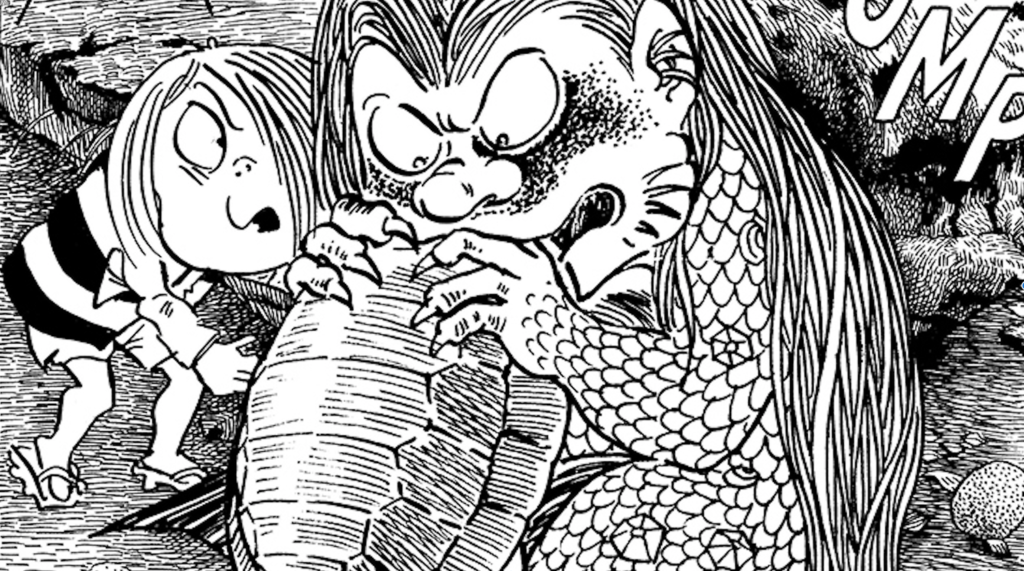
Courtesy of Mizuki Pro / Drawn & Quarterly.
Stories of yokai, ghosts of folklore, are an acknowledged core of Japanese superstition observed in famous woodblock prints. Yet speaking of yokai today, citizens are likely to imagine the characters of Gegege no Kitaro, a manga series of timeless relevance by Shigeru Mizuki from the 1960s.
In the adventures of Kitaro, Shigeru Mizuki exhibits a knowledge of mythology from his early childhood, when an elderly woman’s stories made an influence on his imagination. Kitaro is the one-eyed survivor of a ‘ghost tribe’ living amongst other strange beings in the shadows—a rat-man, a cat-woman, a sentient flying cloth, even the remains of his father in the form of a walking eyeball. Leading a team of yokai to help humans in distress, his famous endeavours to create peace between two worlds have been firmly embedded in the public consciousness.
The manga received countless awards and spawned ongoing anime adaptations with a popularity comparable to Disney and entire roads and museums dedicated to its creator. Rewriting ancient folklore into a charming world of shape-shifters, it provided the crucial formula for other franchises like Pokemon. But its own spectre, with origins found in a lived experience involving histories of military brutality, is lesser known.
Ghost Writer
In the previous century, when Kitaro was first written into manga, his story was considered too scary for children. Kitaro’s birth, for instance, details the bodies of his decaying parents against a gritty background, with the grotesque realism popular in underground horror-manga.
Shigeru Mizuki had in fact written Kitaro not long after his conscription during World War II, a time when campaigns quelled traditional folklore as ‘superstition.’ During the darkest chapters of Japanese history, Shigeru Mizuki had struggled against especially brutal odds as a vocal pacifist. In Papua New Guinea he had suffered the death of his companions, a near-fatal case of malaria, and the loss of his dominant arm after which he had to re-learn how to draw. The events of war led him to also write serious historical pieces, chronicling his own experiences in Onward Towards Our Noble Deaths (1973), and even illustrating a biography of Hitler. With Kitaro, a story aimed at children, the yokai of his memories return as an escape from trauma still haunting Japanese life.
As a manga-historian-philosopher, Shigeru Mizuki had an unparalleled sophistication when it came to interpreting the unknown. In Kitaro, peace is a concern of all parties, whether human or ghost. Real experiences are channelled into the story to critique senseless violence. Mythology is used to examine the bedrock of Japanese culture, questioning its modern readers.
Shigeru Mizuki’s death in 2015 meant the loss of a great critic, the last of Japan’s manga-artists to have survived the war. But his folklore lives on in spirit.
For a long time unknown outside Japan, Shigeru Mizuki’s work is now widely available in the West, translated and issued by Drawn and Quarterly in their collections of the best stories from Gegege no Kitaro.
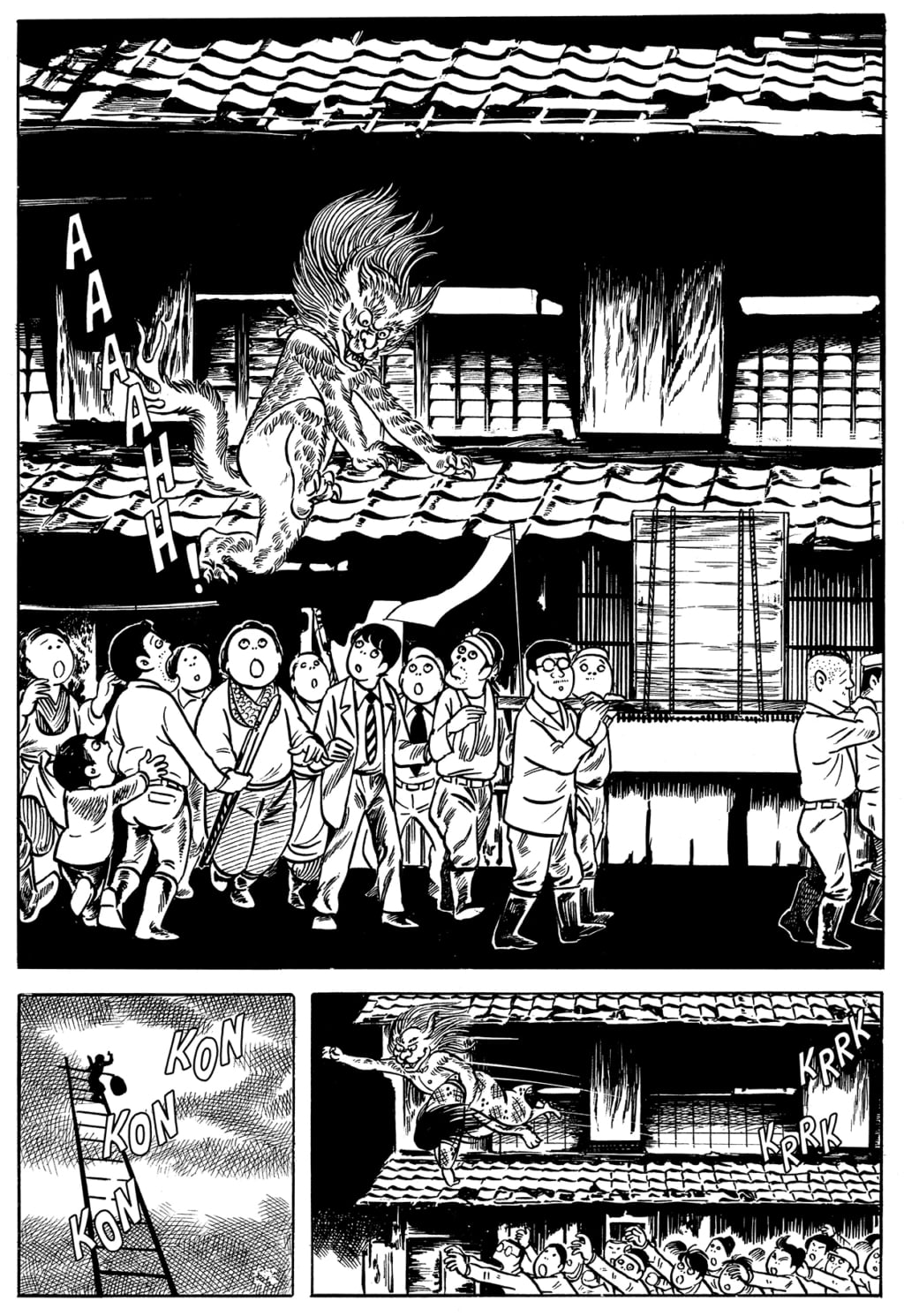
Courtesy of Mizuki Pro / Drawn & Quarterly.
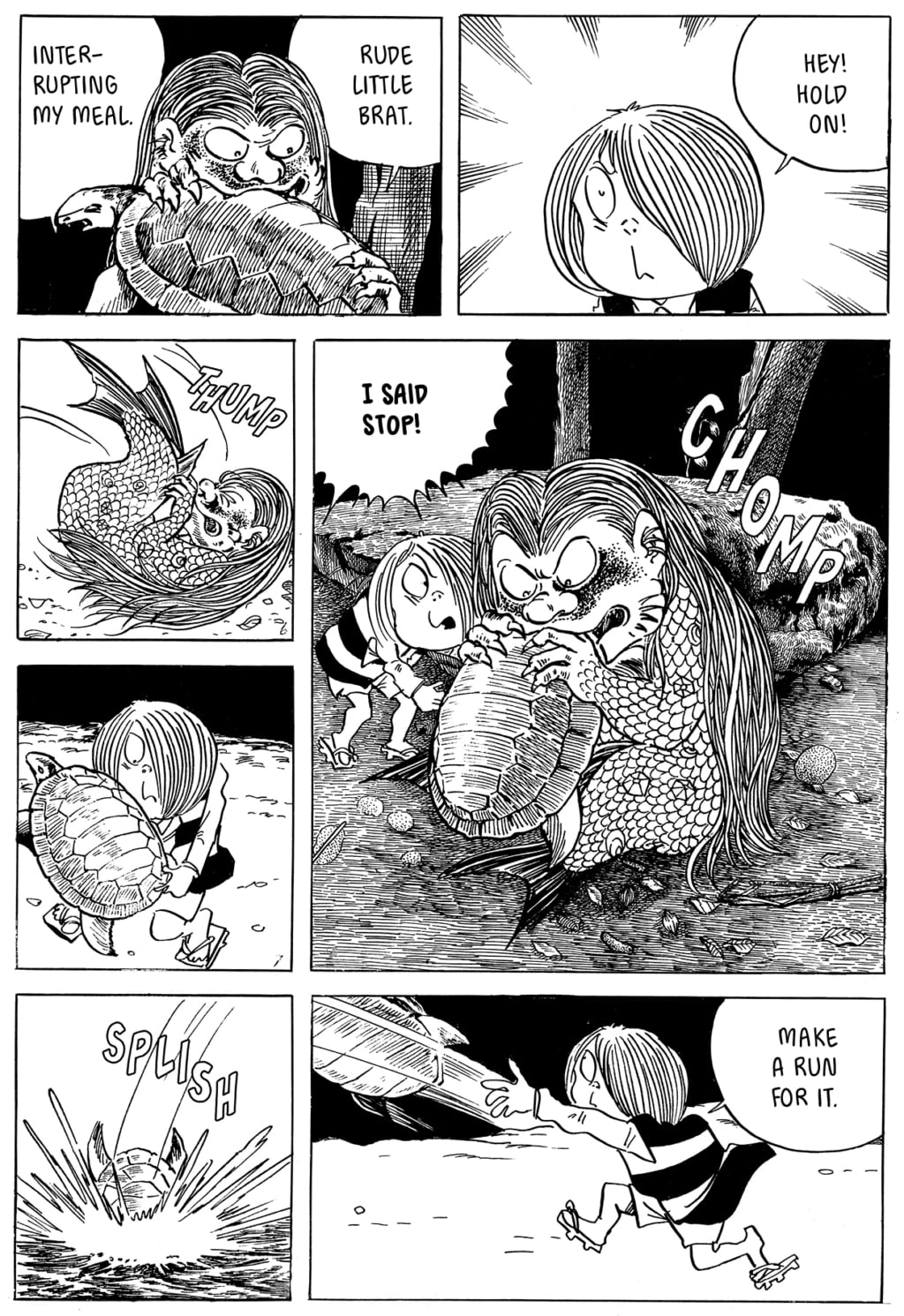
Courtesy of Mizuki Pro / Drawn & Quarterly.
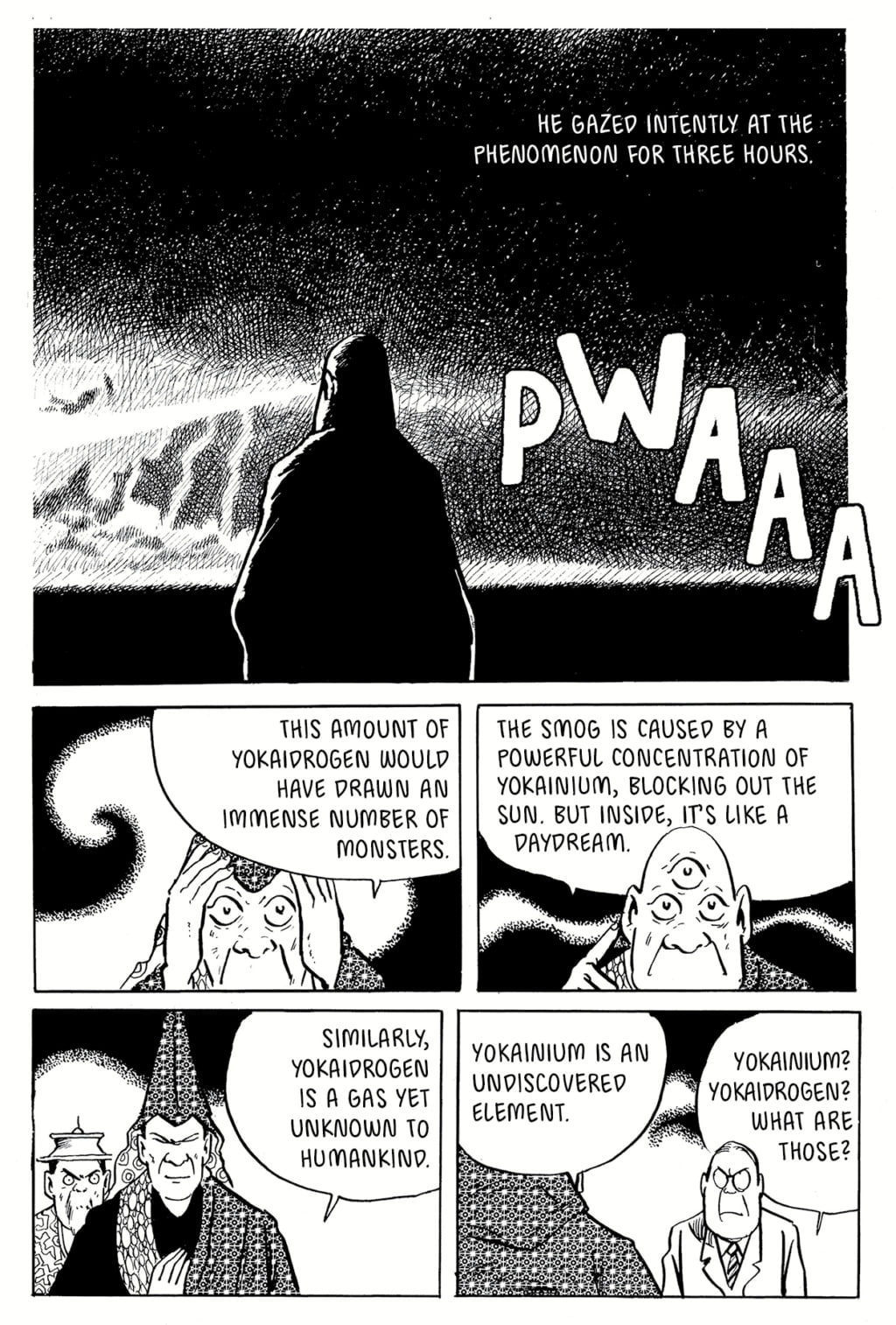
Courtesy of Mizuki Pro / Drawn & Quarterly.
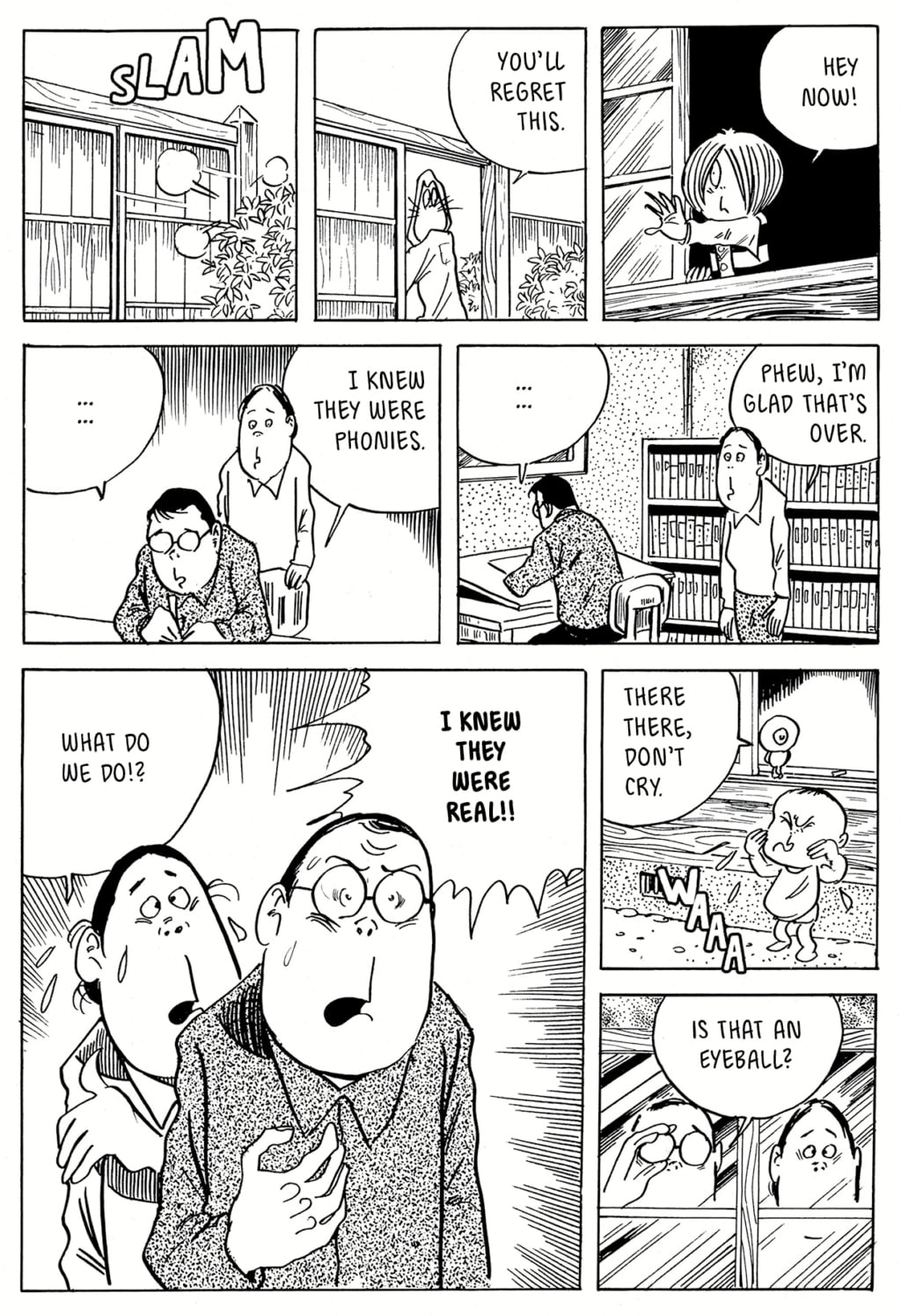
Courtesy of Mizuki Pro / Drawn & Quarterly.
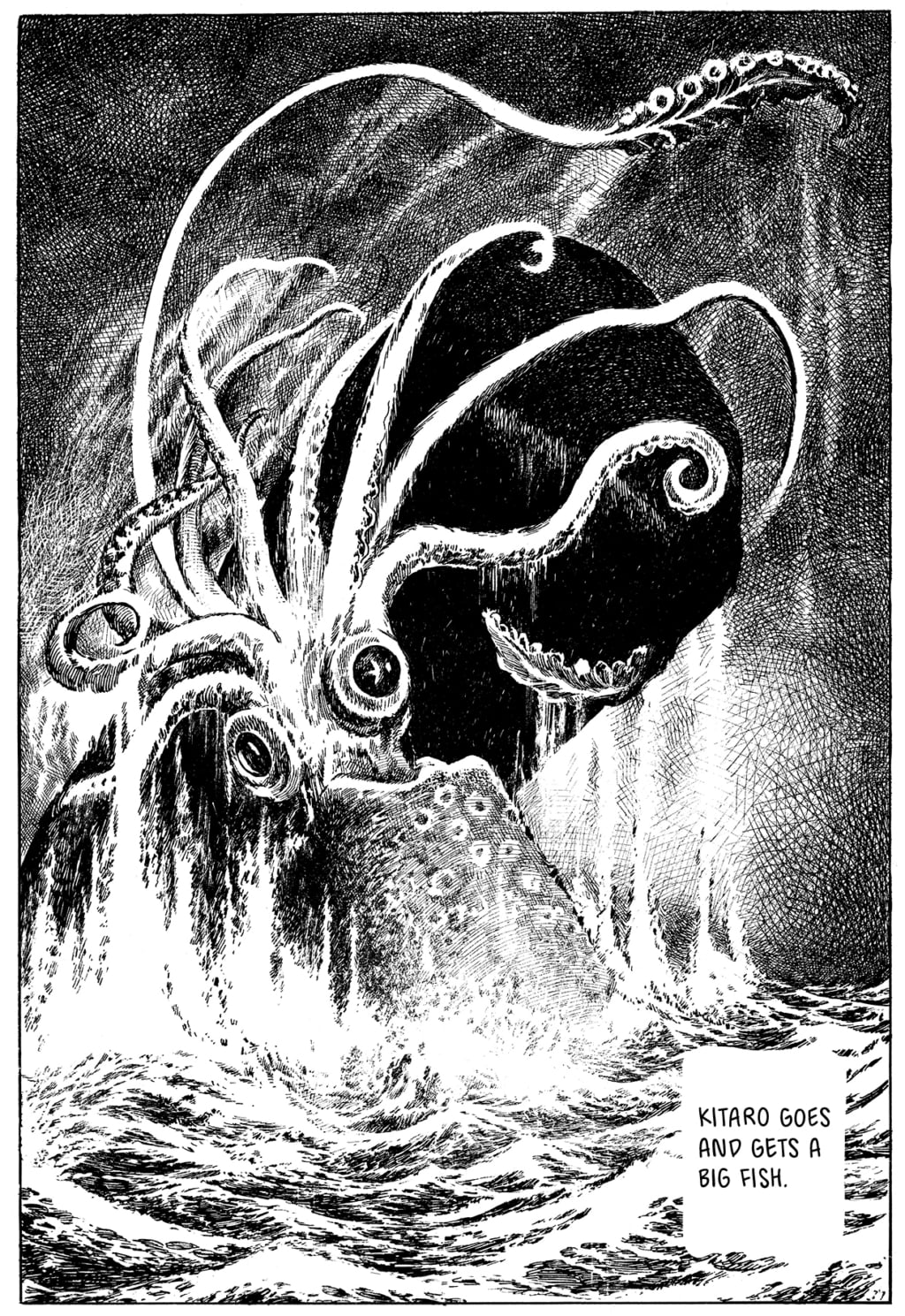
Courtesy of Mizuki Pro / Drawn & Quarterly.
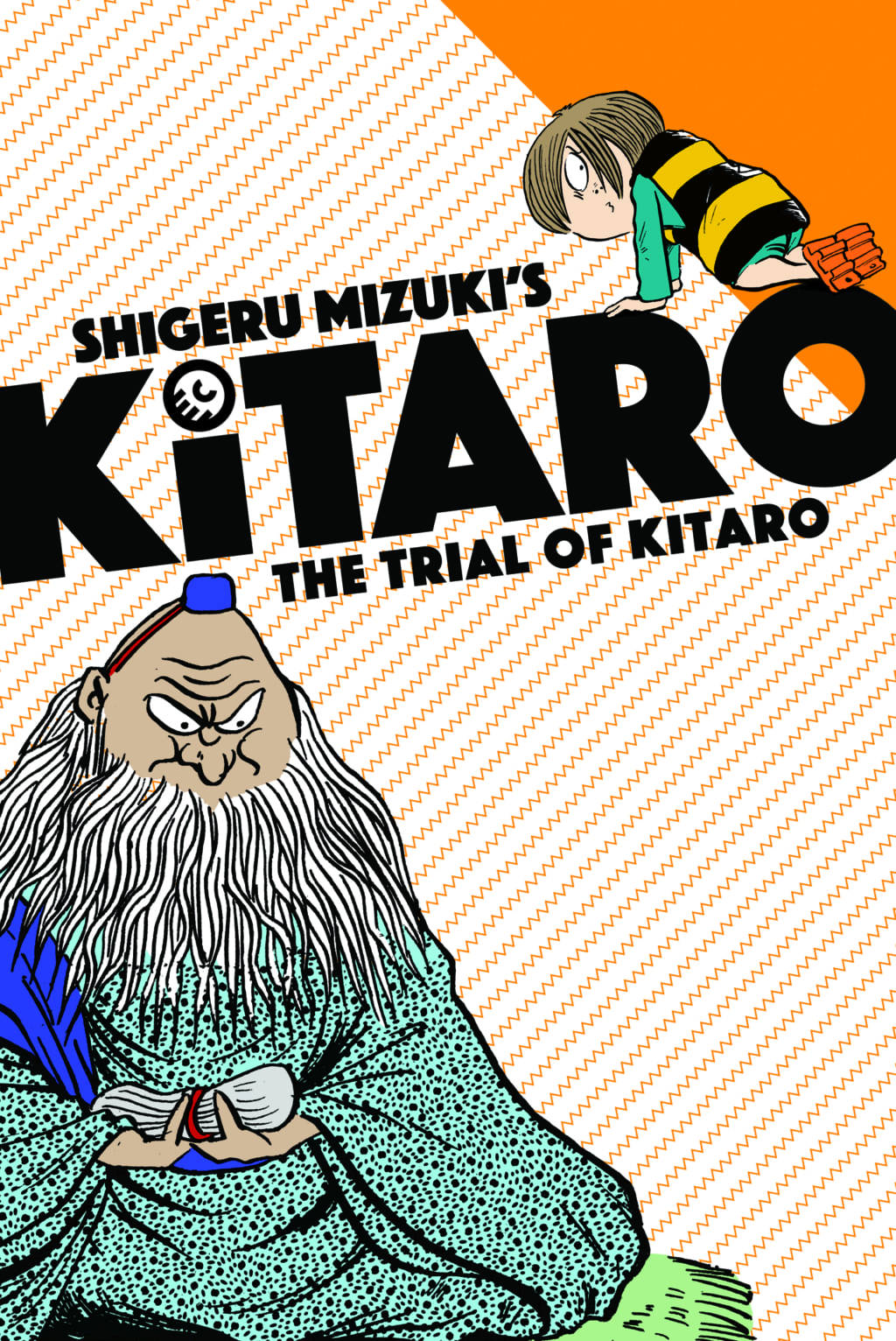
Courtesy of Mizuki Pro / Drawn & Quarterly.
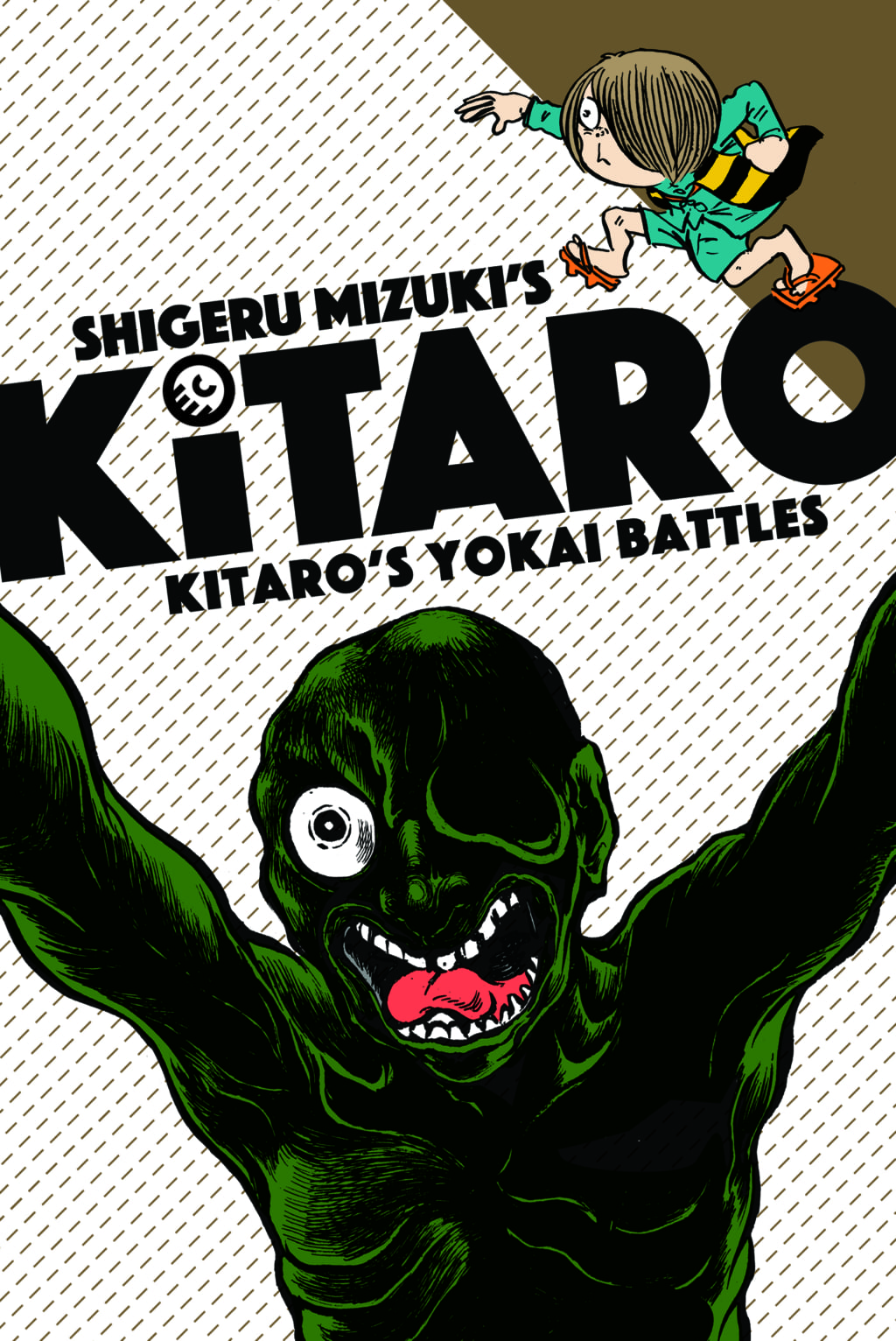
Courtesy of Mizuki Pro / Drawn & Quarterly.
TRENDING
-
Ishiuchi Miyako, A Singular Perspective on Women
Recipient of the 2024 Women in Motion Award, the photographer creates intimate portraits of women through the objects they left behind.

-
Recipe for Ichiraku Ramen from ‘Naruto’ by Danielle Baghernejad
Taken from the popular manga with the character of the same name who loves ramen, this dish is named after the hero's favourite restaurant.

-
Namio Harukawa, Master of Japanese SM Art
'Garden of Domina' offers a dive into the world of an icon of ‘oshiri’, whose work has now reached a global audience.

-
The Tattoos that Marked the Criminals of the Edo Period
Traditional tattoos were strong signifiers; murderers had head tattoos, while theft might result in an arm tattoo.

-
The Emperor of Japanese Porn is Now the Star of a Netflix Series
Deliciously funny, The Naked Director especially succeeds in reviving the atmosphere that was so characteristic of 1980s Japan.





